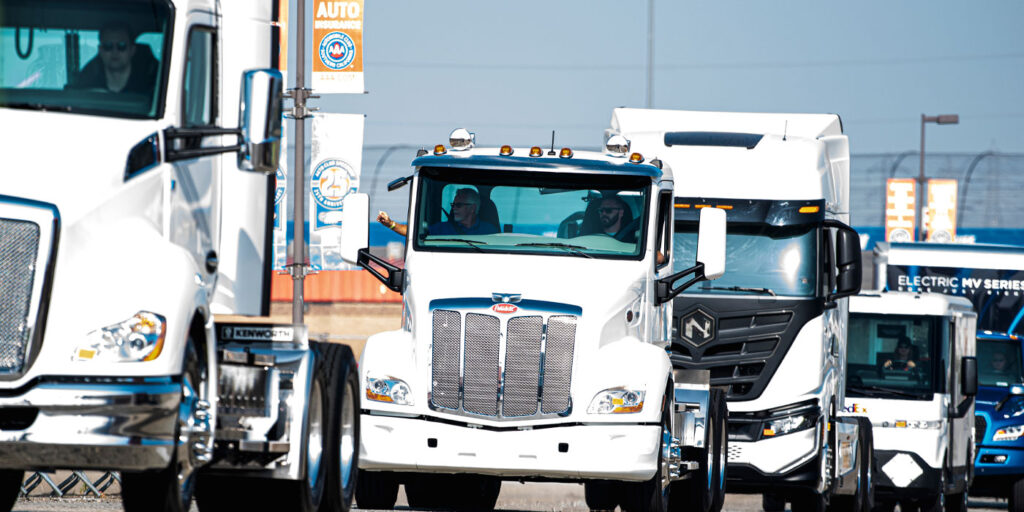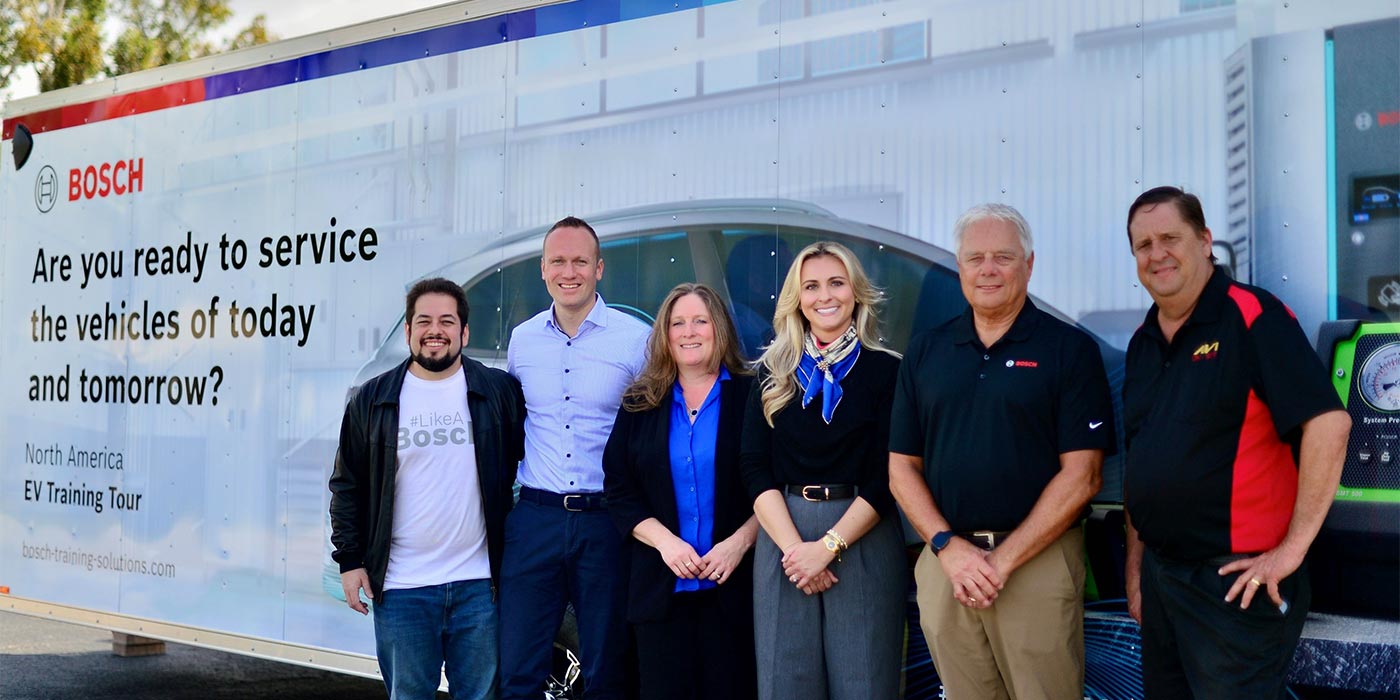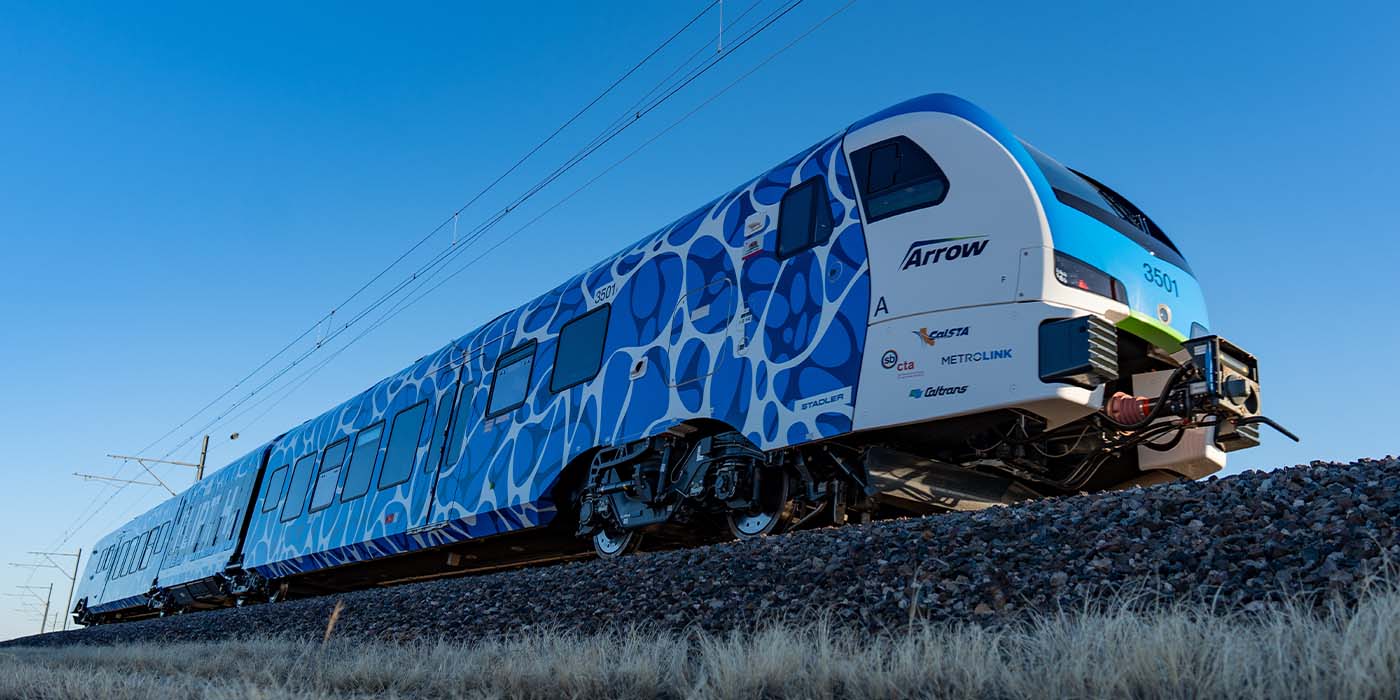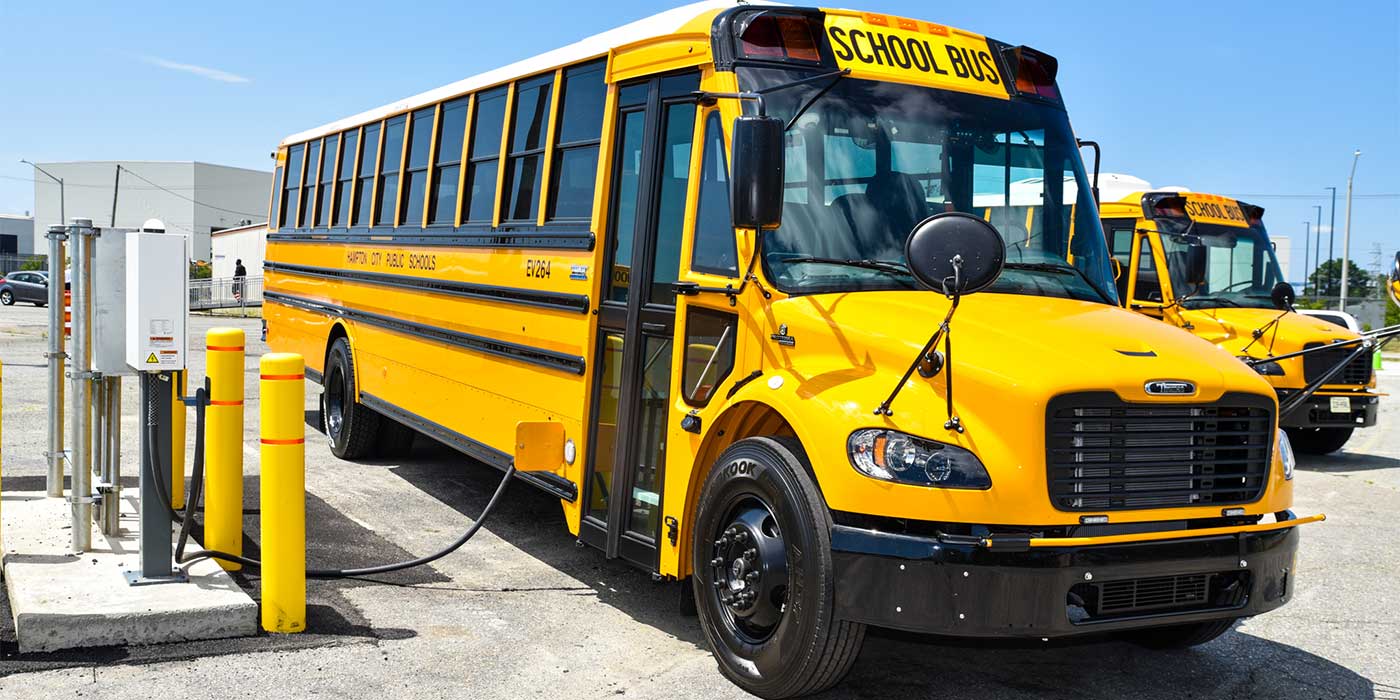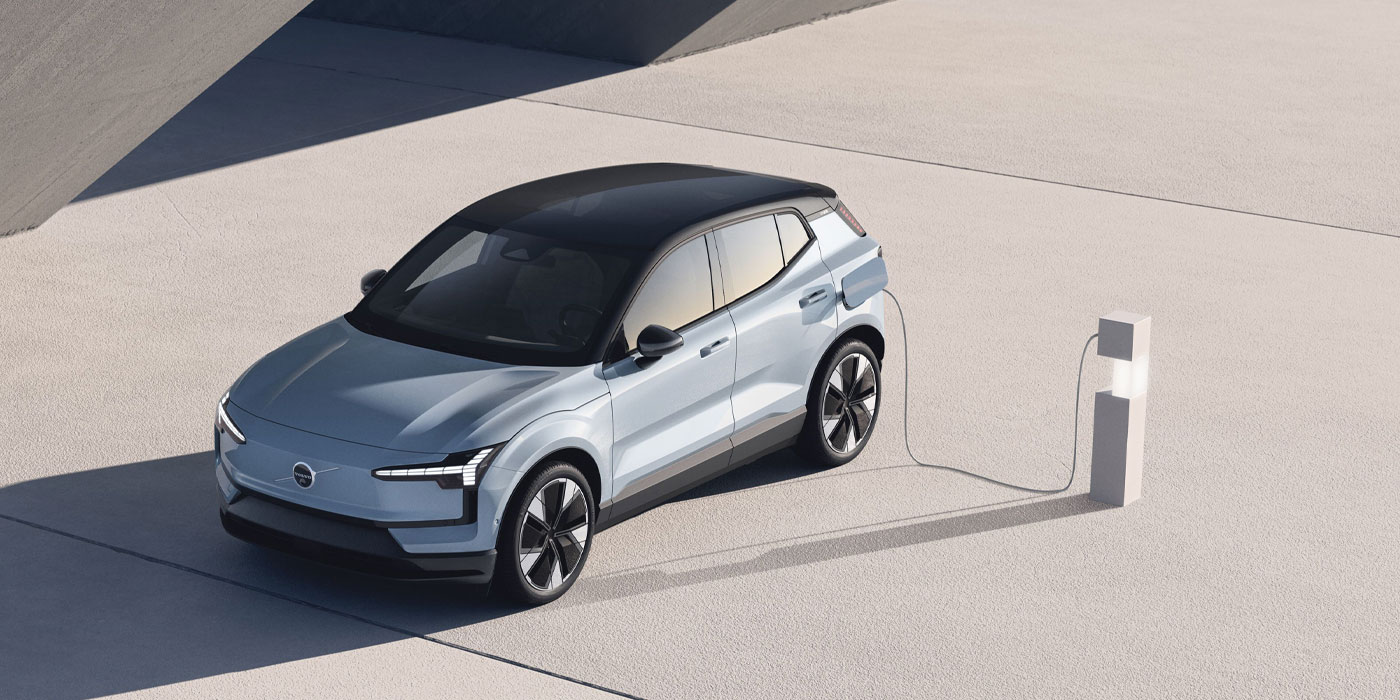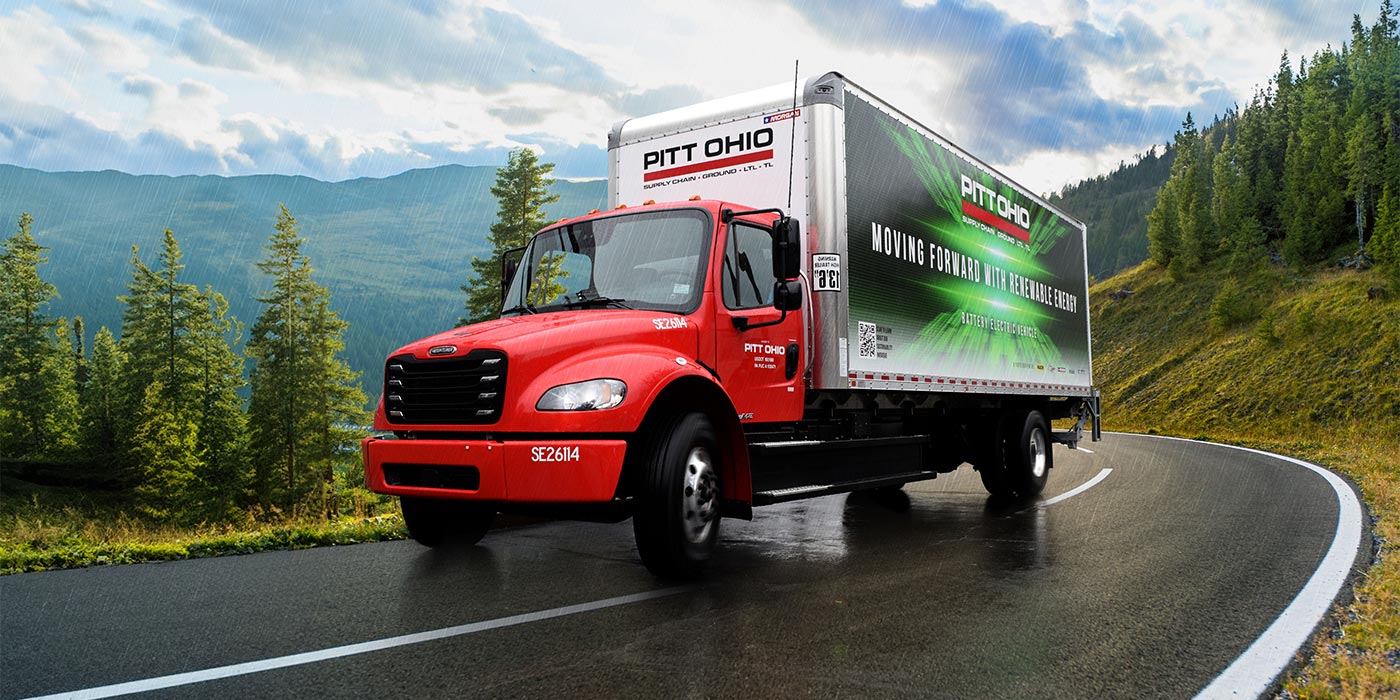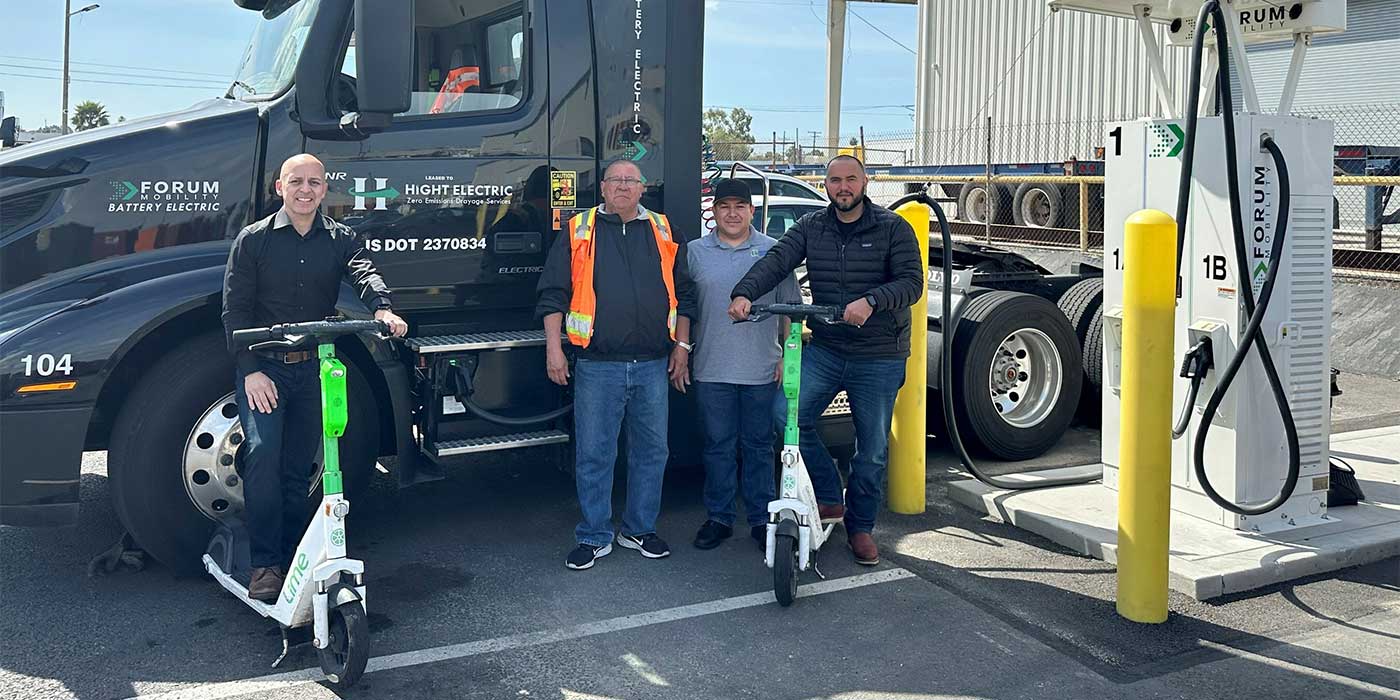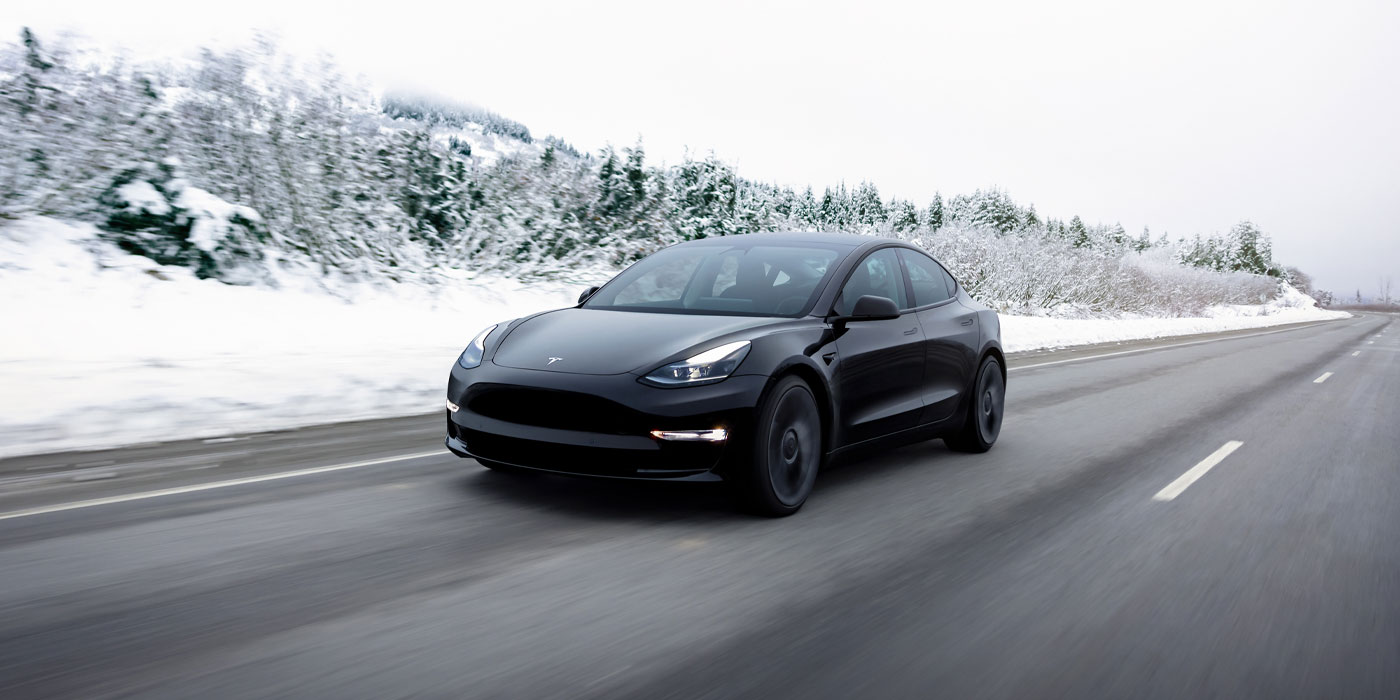The electric commercial vehicle (ECV) market, with a global forecast of 31.4% compound annual growth through 2030, poses a myriad of challenges and opportunities for commercial truck OEMs, dealers, upfitters and customers. To assist in navigating the complex issues they face, Mitsubishi HC Capital America says it has identified six market factors to consider in ECV investment decision-making.
Rapid pace of change
The commercial vehicle industry is moving forward exponentially into electric vehicles (EVs), so get comfortable with fast-moving change and technological advancement. Data is king, with dashboards providing intelligence for servicing assets and fleet management. Artificial Intelligence (AI) is being integrated to determine how the vehicle is being used to be predictive on servicing and for real-time communication for when to charge. Data utilization identifies which vehicles make sense to run and which should get maintenance. Increased adoption of telematics is tracking and maximizing performance. Technology is enabling remote inspection and acquisition of equipment so buying an HD truck will be as easy as ordering it online.
Complicated EV ecosystem
The industry and end-users are facing the realization that EVs are not just a direct replacement of internal combustion vehicles. Charging stations and related infrastructure are needed and will vary depending on vehicle type and utilization. Buses and medium-duty trucks can charge at a “home site,” but a local school bus depot may need 50 chargers. The “range anxiety” of Class 8 vehicles is more critical and requires route optimization. Meanwhile, the need to support existing vehicles remains while building the next generation. The shift to electric vehicles and charging infrastructure will also take time to implement due to product availability, local permitting processes, and coordination with utilities to support related power needs. Despite the complexity, the consensus is to act now because the longer you wait the more difficult adoption can be.
Government plays a significant role
Federal, state and local governments all have an interest in supporting EV adoption. The recently enacted federal Bipartisan Infrastructure Law allocates $7.5 billion for EV charging infrastructure, and invests more than $7 billion in the supply chain of batteries, including sourcing minerals, components, materials and recycling. California and 17 other states and the District of Columbia are committed to clean energy vehicles. Grants are currently available in the following states: California, Illinois, Massachusetts, New York and New Jersey for the transition from ICE to EV. Other government incentives include permitting single-driver EVs in carpool lanes and tax rebates.
Shared assets vs. ownership
As customers shift to usership rather than ownership, the appetite for subscription or shared asset use models is growing, for both commercial EVs and vehicle depots. User models lend themselves well to final mile vehicles, and can be done on an hourly, daily or weekly basis via mobile app. Truck sharing opens up new dealer profit centers for rental capability and service revenue, and can also ease customers’ transition to EVs.
Behavioral changes in dealers and end-users
EV trucks are causing both dealers and customers to undergo a shift in the traditional mindset of how they transact. Dealers may have to sell a comprehensive, packaged, solution that includes the truck, telematics, the charging station, and financing. They may also need to help customers evaluate the financial and operational impacts associated with shifting to EV. For customers, ECV provides an opportunity to re-evaluate how they utilize their transportation assets, potentially re-designing routes to optimize distribution and vehicle charging. The days of kicking the tires is giving way to “clicking the tires” as businesses are buying sight unseen from either an OEM or online platform.
Adaptable and creative capital financing sources
Traditionally, financing vehicles usually comes after a vehicle sale; however, the financing of a complete EV solution warrants consideration much earlier in the process. Providing creative leasing and financing solutions for customers to buy or lease trucks, as well as financing the related charging infrastructure, requires a collaborative approach where funds are disbursed as the infrastructure is constructed. The capitalized costs related to the engineering, construction and connection of the charging station to the power grid can be financed either as a bundled solution or separately. The goal is to get to a monthly payment that makes the total cost of ownership possible.

